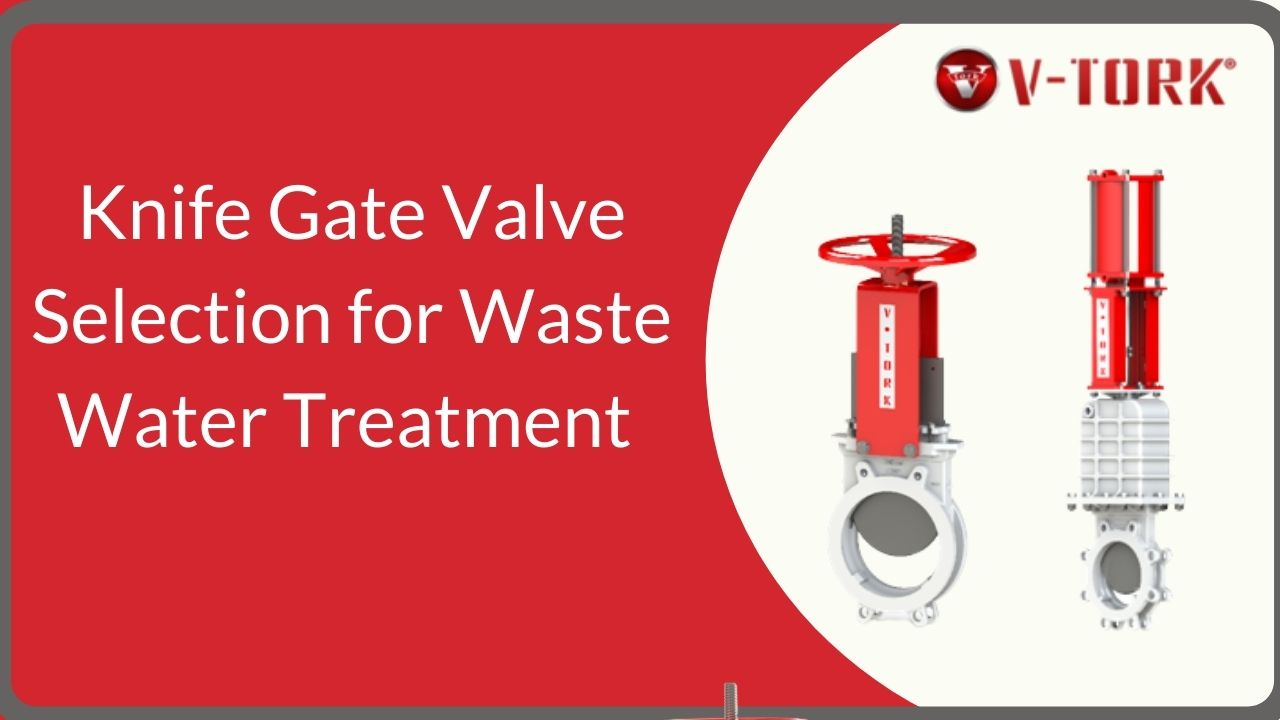
Knife Gate Valve Selection for Waste Water Treatment
To begin understanding how the waste water treatment valves process let us take a look in to these water treatment stations structures. The waste water treatment stations are designed in to a wet well or a wet and dry well design here the dry well usually contains the pumps and its related equipment. The valves that are deployed in a lift station are located in the basin of the wastewater, in a separate valve vault or in a dry well. The four main types of valves typically found in the lift stations include shutoff valves, check valves, air valves and knife gate valves.
The function of shutoff valves is the isolation when repair or maintenance is needed. The work of the check valve is preventing the reverse flow when the pump is turned off. Air valves are used to expel the air present in the pump column and the forces main to provide efficient flow to minimize the surges. Knife gate valves are used for their ability to cut through the sludge’s since they have flow resistance whereas in other valves are having blunt seating which will not cut the media and leads to operation failure.
Selecting valves for a wastewater plant is similar to that of selection of the pumps where the consideration must be given to the contents of solid medium of the flow media. The water treatment valves of these wastewater treatment plants must be selected to operate safely and consistently with higher efficiency so as to avoid unwanted maintenance situations that are costlier.
The main criteria that should always be considered while selecting valves are:
- Purpose: Isolation
- Parameters: Essential Flow, pressure and temperature.
- Requirements: Frequency of operation, admissible rate of leakage, space available, level of cleanliness
- Compatibility: Percentage of concentration, percentage of solids, media, and their density.
Generally, the Knife gate valves are similar to the typical gate valves; however, these knife-edge of a gate valve can cut through solids that has accumulated in the seat area. The knife gate valves are mainly used in the wastewater treatment systems for handling sludge’s of abrasive, corrosive nature. They are available in standard cast configurations which are as small as 50 mm to 3000 mm. In some cases the knife gate valve manufacturers intending the valves for using in sludge applications should specify them with a bi-directional pressure rating so as to make them precisely suitable for unplugging of the pipelines in both directions.
These knife gate valves as mentioned prior can cut through the scales, slurries, and build-ups of the surface. Since they do not have an obstruction in their flow path, they always provide a higher flow capacity. Since they have smaller dimension face-to-face, they specially assist with a reduction of the valve weight and facilitates the piping designing.
Conclusion:
Choosing the right valve for the water treatment plant is of prime importance since it is a very sensitive process on the whole. A right advice from manufacturer or supplier can ensure the longevity and proper functioning of the valves. We V-Tork being one of the leading knife gate valve manufacturers and knife gate valve suppliers in India, have ensured that our customers are assisted in selecting the right valves for their industrial applications. We also manufacture waste water valves & also valves for mining operations. Our expertise application team understand the requirement in detail so that they are provided with the right choice of valve design to the clients.